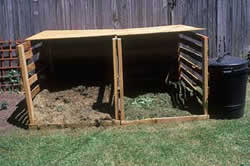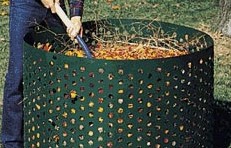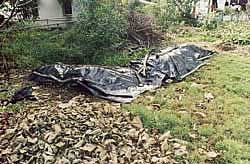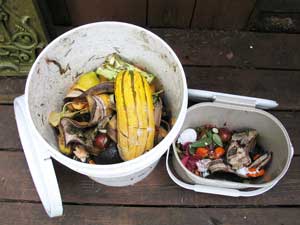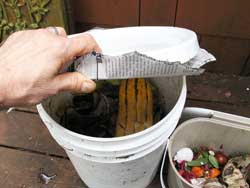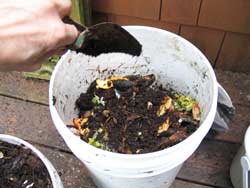

Home Composting Made Easy offers step-by-step instructions, products and resources for backyard composting. Included are richly illustrated instructions and tips on over 25 topics. Grab a cup of java or tea and enjoy! |
| Home |
| Store |
WHY COMPOST
SETTING UP YOUR SYSTEM
COMPOSTING BASICS
HOW TO COMPOST
COMPOST PROBLEMS
HOW TO STOCKPILE COMPOST MATERIAL |
|||||||||||||||||
Stockpiling organic materials for composting is an important strategy in creating a good compost pile. People fairly new to home composting soon discover that they may not have enough materials to make a compost pile all at once, what is called a Batch Pile (also known as "hot or active" composting). As a consequence, they may be just as happy composting using the Add-as-You-Go method (also called "dump-and-run, cold or passive" composting). This latter method is what most people do anyway, but stockpiling a few items, especially leaves, will make even this method a little more successful. Seasoned veterans to composting know how to PLAN AHEAD. So, what are they specifically "planning ahead" for? The answer is: GREEN and BROWN organic materials! If you want to brush up on what is meant by GREEN and BROWN, go to
Stockpiling materials is not laden with mystery. Basically, what you are wanting to do is create a holding area or holding bin for your raw materials. It is easy to do this, and so are the instructions below.
WHAT & WHERE TO STOCKPILE
HOW TO STOCKPILE
Scrap lumber, doors or wooden pallets can be nailed together, like the bins to the right. Make sure the bin has easy access and can be covered (a couple bins are good!).
An excellent holding bin is made from a durable plastic sheet with holes, as seen in the photo. It is called the Presto Hoop. It is sold commerically at fine garden centers, on the internet (Green Culture), or possibly at your local waste management district.
If you are coming up short on ideas for a holding bin, then simply cover your material with a plastic tarp.
STOCKPILING FOOD SCRAPS
CAUTION: It is unwise to throw a full pail of food scraps into an Add-as-You-Go Pile unless you have planned to add an equal amount of BROWNs such as leaves, etc. The food scraps are a strong nitrogen (GREEN) source and a sudden large influx may cause odor or fly problems in your compost bin. Never throw food scraps on the top of any compost pile without covering them well with a 2-3 inch layer of BROWN material. This is called "sealing the pile."
|
|||||||||||||||||
Our parent site - Cortesia Sanctuary is on Facebook
Home Composting Only $4.95 (+$2.00 shipping)
|
|
Copyright 2008, Cortesia Sanctuary Contact Us
For inspiration please visit our parent site: www.onesanctuary.com
For herbal healing & wellness visit our site: www.solomonsseal.net

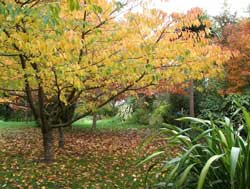 Wondering what to do with all those leaves beneath your tree? Certainly, DO NOT take them to the landfill! What about extra garden debris or food scraps? Not to the landfill either!
Wondering what to do with all those leaves beneath your tree? Certainly, DO NOT take them to the landfill! What about extra garden debris or food scraps? Not to the landfill either!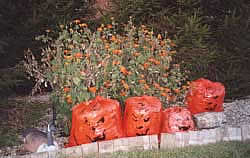

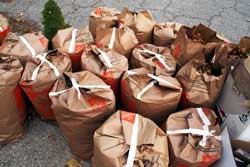
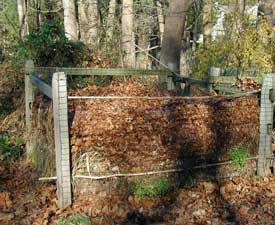 Ideally, place your holding bin near your compost bin. It need not be fancy or rodent proof. A circular or square bin made from chicken wire or field fencing is popular, as shown in the picture to the left.
Ideally, place your holding bin near your compost bin. It need not be fancy or rodent proof. A circular or square bin made from chicken wire or field fencing is popular, as shown in the picture to the left.